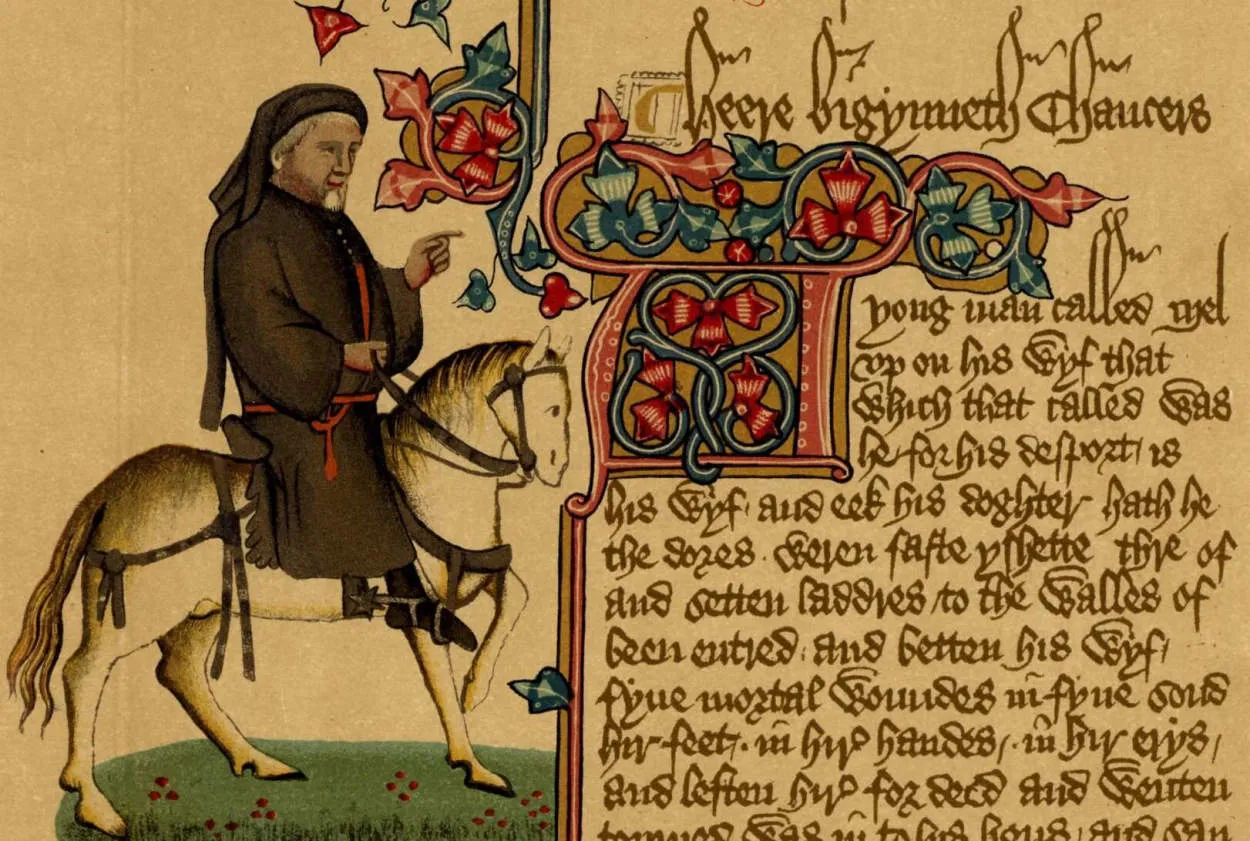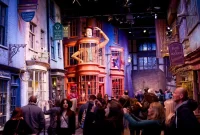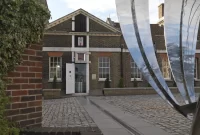Discover the history and literary significance behind the magnificent Canterbury Cathedral and its connection to Geoffrey Chaucer’s iconic work, The Canterbury Tales. Explore the architectural grandeur and delve into the tales that have enchanted readers for centuries, capturing the essence of medieval England.
The Magnificent Gothic Architecture
The Canterbury Cathedral stands as a stunning example of the magnificent Gothic architecture that has captivated visitors for centuries. Located in Canterbury, England, this iconic masterpiece is not only a place of worship but also holds great historical and literary significance.
Construction of the cathedral began in the year 1070 and continued over several centuries. Its awe-inspiring design showcases the intricate details and soaring arches synonymous with Gothic architecture. The towering spires and delicate tracery windows evoke a sense of grandeur and spirituality.
One of the remarkable features of the Canterbury Cathedral is its famous stained glass windows, which illuminate the interior with a kaleidoscope of colors. These windows depict biblical stories and scenes from the lives of saints, creating a mesmerizing sight for visitors.
Besides its architectural beauty, the Canterbury Cathedral is also associated with Geoffrey Chaucer, one of England’s greatest medieval writers. Chaucer’s famous work, “The Canterbury Tales,” was inspired by the pilgrimage to this cathedral. The tales are a collection of stories told by a diverse group of pilgrims, showcasing the society and culture of medieval England.
Visiting the Canterbury Cathedral allows one to experience firsthand the splendor of Gothic architecture and immerse oneself in the rich history and literary heritage it represents.
Walking in the Footsteps of Geoffrey Chaucer
Canterbury Cathedral and Chaucer’s Tales
The historic city of Canterbury, England, is not only famous for its magnificent cathedral but also for its association with the renowned English poet Geoffrey Chaucer. Walking in the footsteps of Chaucer allows visitors to immerse themselves in the rich literary heritage of the Canterbury Tales.
Canterbury Cathedral stands as a remarkable example of medieval architecture and has been a place of worship for centuries. Its grandeur and spiritual significance add to the allure of following Chaucer’s path. Within the cathedral, visitors can explore the Shrine of Thomas Becket, which inspired one of the tales in Chaucer’s collection.
Embarking on a literary journey through the streets of Canterbury, visitors can discover the places that influenced Chaucer’s writings. The city’s charming medieval architecture, such as the Westgate Towers and St. Augustine’s Abbey, offers glimpses into the past and allows travelers to envision the settings of the tales.
Visiting The Canterbury Tales attraction provides an interactive experience that brings Chaucer’s stories to life. Through exhibits and audio guides, visitors can fully immerse themselves in the medieval world depicted in the tales.
Another stop on the Chaucer trail is St. Martin’s Church, where Chaucer’s father was a wine merchant. This historic church adds another layer to the journey and provides insight into Chaucer’s upbringing.
Walking in the footsteps of Geoffrey Chaucer in Canterbury offers a unique opportunity to delve into the world of one of England’s greatest poets. By exploring the cathedral, the city streets, and the various historical sites, visitors can gain a deeper understanding of Chaucer’s works and the literary landscape of medieval England.
The Stained Glass Treasures of Canterbury
Canterbury Cathedral, situated in the historic city of Canterbury, England, is renowned for its exquisite stained glass windows. These magnificent works of art are some of the finest examples of medieval stained glass in the world.
The stained glass windows at Canterbury Cathedral depict various religious scenes, biblical stories, and saints. They are meticulously crafted with vibrant colors and intricate details, showcasing the skill and creativity of the medieval artisans.
One of the most famous stained glass windows at Canterbury Cathedral is the Miracle Windows. These windows illustrate the miracles associated with the martyred Archbishop Thomas Becket, who was murdered in the cathedral in 1170.
Another notable window is the Ancestors of Christ, which portrays the genealogy of Jesus Christ. This window, located in the Trinity Chapel, is a stunning example of the medieval interpretation of biblical history.
Visitors to Canterbury Cathedral are captivated by the beauty and symbolism of these stained glass treasures. The play of light through the colorful panels creates a mesmerizing effect, transporting viewers to a different era.
Preserving and restoring these stained glass windows is an ongoing effort at Canterbury Cathedral. The delicate nature of the glass requires meticulous care and expertise to ensure their longevity for generations to come.
Exploring the stained glass treasures of Canterbury Cathedral is not only a visual delight but also a journey through history and spirituality. It offers a unique glimpse into the artistic and cultural heritage of medieval England.
Conclusion
Canterbury Cathedral and Chaucer’s Tales are both significant contributors to English literature and cultural heritage. The majestic cathedral stands as a symbol of faith and history, while Chaucer’s timeless tales offer a glimpse into medieval society. Together, they showcase the rich literary and architectural heritage of Canterbury, making it a must-visit destination for history enthusiasts and literature lovers alike.




